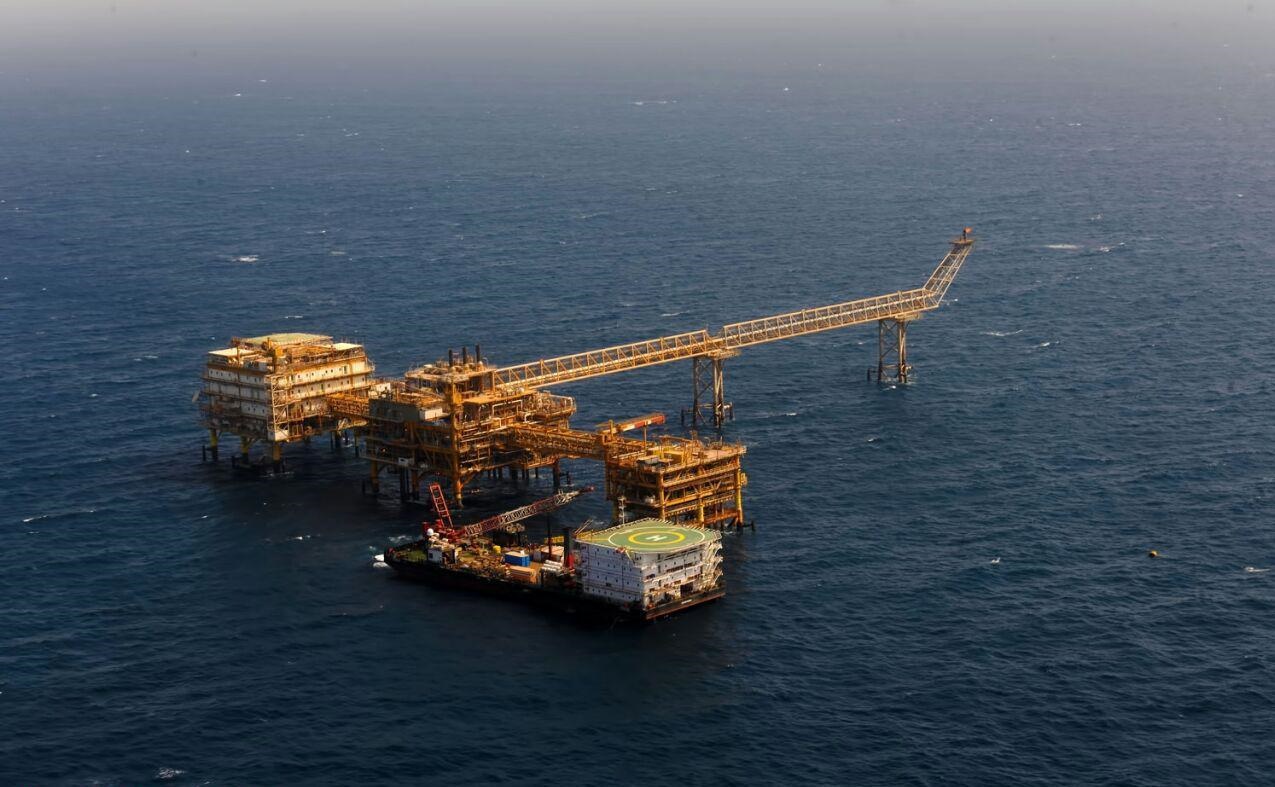Tehran is keen on raising crude oil output and expand its footprint in the global market despite being part of a pact that took effect this month to cut oil supplies, said Saeed Khoshrou, National Iranian Oil Company's new deputy for international affairs.
"Iran will not change policy with regard to crude oil export in the new era," Khoshrou said, referring to the lifting of international sanctions last year which sparked a significant rise in the country's oil output and export, IRNA reported.
Khoshrou, who succeeded Mohsen Qamsari in the new post this month, is planning to help the NIOC diversify its customer base and boost revenues by cutting transportation and maintenance costs, according to a NIOC statement.
The government says it is moving in the direction of raise production to 5.7 million bpd within five years, including 1 million barrels of gas condensates.
"We are keen on expanding our presence in the international market and speeding up negotiations" with foreign oil companies, the official said.
OPEC members reached an agreement in Vienna last year to try and maintain their collective output at a ceiling of 32.5 million barrels a day in the first half of 2017, with Saudi Arabia to shoulder nearly 40% of the burden.
Iran was the only country allowed to slightly boost output, while Nigeria and Libya were granted exemptions because they have experienced significant supply outages due to internal conflicts.
Non-OPEC members, including world's top producer Russia, also committed to the cause by promising to cut an additional 558,000 bpd.
Iran is now pumping around 3.8 million barrels per day of oil and condensate, close to its peak production level of around 4 million bpd before tighter restrictions were imposed on its economy and energy sectors in 2011 and 2012.
------- Rise and Fall
Crude exports consequently dropped to slightly 1 million barrels per day from more than 2.5 million bpd.
Once the second-biggest producer of the Organization of Petroleum Exporting Countries, Iran slipped to fifth place under the international sanctions regime. It is now third behind Saudi Arabia and Iraq which produce around 10 million bpd and 4.5 million bpd respectively.
The lion's share of exports during the sanctions was made to a handful of countries including India, Turkey and South Korea under temporarily exemptions, while Europe-bound shipments came to a standstill.
Iran used to sell 800,000 bpd to European refiners in Italy, Spain, Greece, Romania, France, the Netherlands and Poland in the pre-sanctions period.
Government officials say that European companies, including Russia's Lukoil, Spanish refiner Cepsa, Royal Dutch Shell, Hungary’s MOL, Turkey's Tupras, now import more than 700,000 bpd of Iranian oil combined.
Glencore plc and Vitol Group, world's top commodity traders, have resumed carrying Iran's crude. Vitol has reportedly sealed a deal with the NIOC to loan it an equivalent of $1 billion in euros in exchange for future exports of petroleum products.


